

Recap: Virginia Fly Fishing and Wine Festival
Last weekend, BRDC staff attended the 24th annual Virginia Fly Fishing and Wine Festival. The convention brings together avid and beginner fly fishers alike and provides a place to learn about some of the great organizations and opportunities from around the state—even some international representation! All the while, attendees can enjoy tastings from Virginia wineries, breweries, and distilleries.
Fifteen Fun Native Fish Facts!
Summer Fly Fishing Camp is back! Join us August 6-10 for a week of tying, casting, and catching! To celebrate the return of this beloved BRDC camp, here’s fifteen fun fish facts.
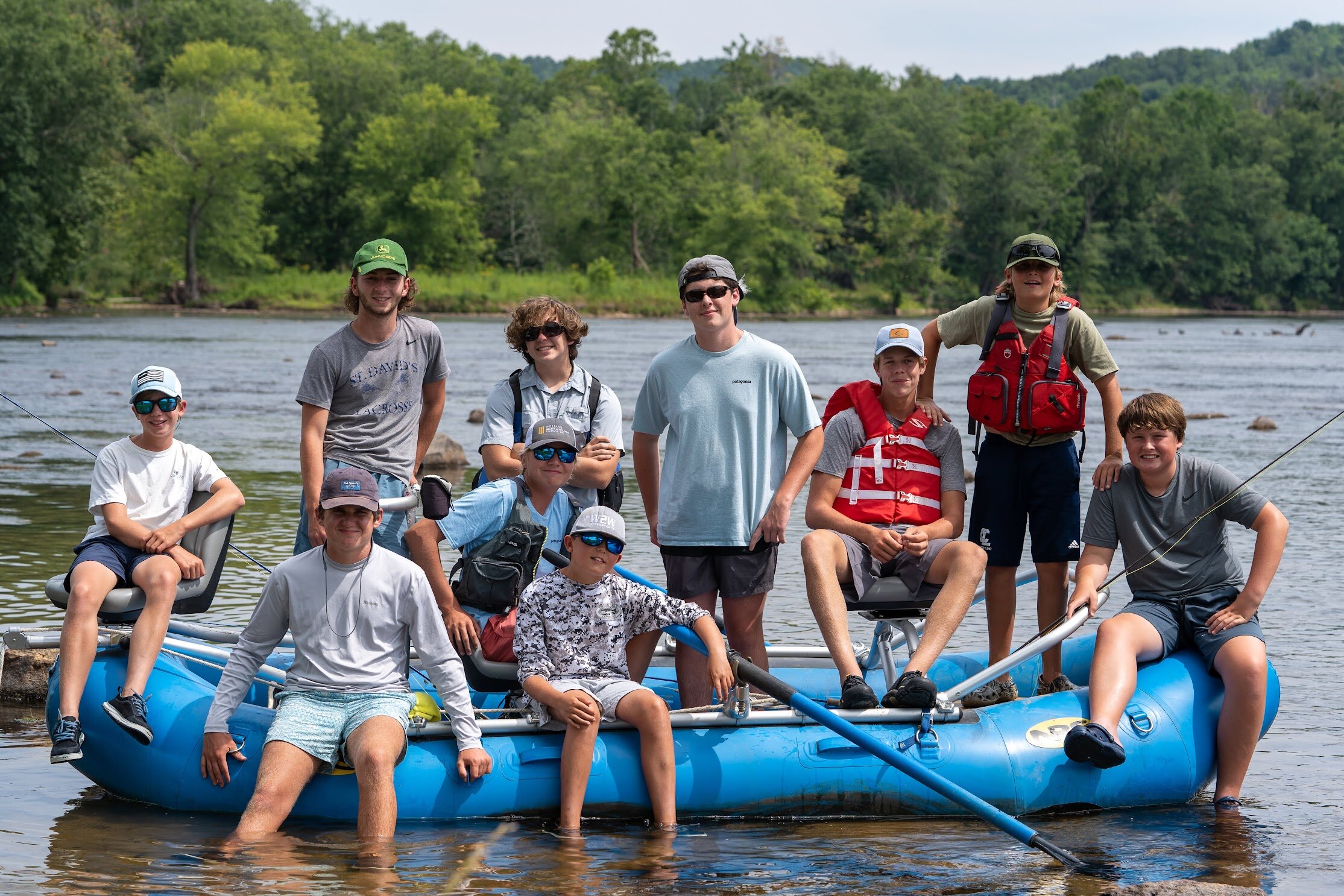
Summer Camp Wrap-Up
As summer 2021 closes in, so do BRDC’s summer camps. The camps may have only lasted 4-5 days, but the camaraderie and memories will last a lifetime. Each camp brought unique experiences and challenges, as well as new skills and admiration of the Blue Ridge.
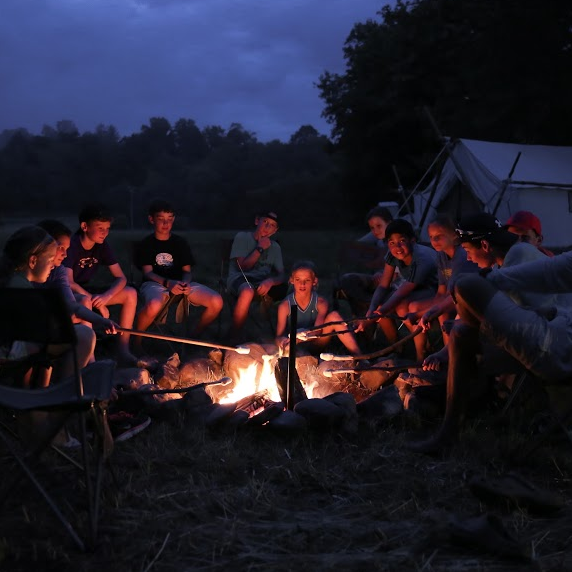
2018 Summer Camp registration is now open!
We are excited to announce our 2018 Summer Camps. Online registration is now open!Blue Ridge Discovery Center has put together six exciting camps for next summer, including backpacking, fly fishing, kayaking, ornithology, and two discovery day camps.
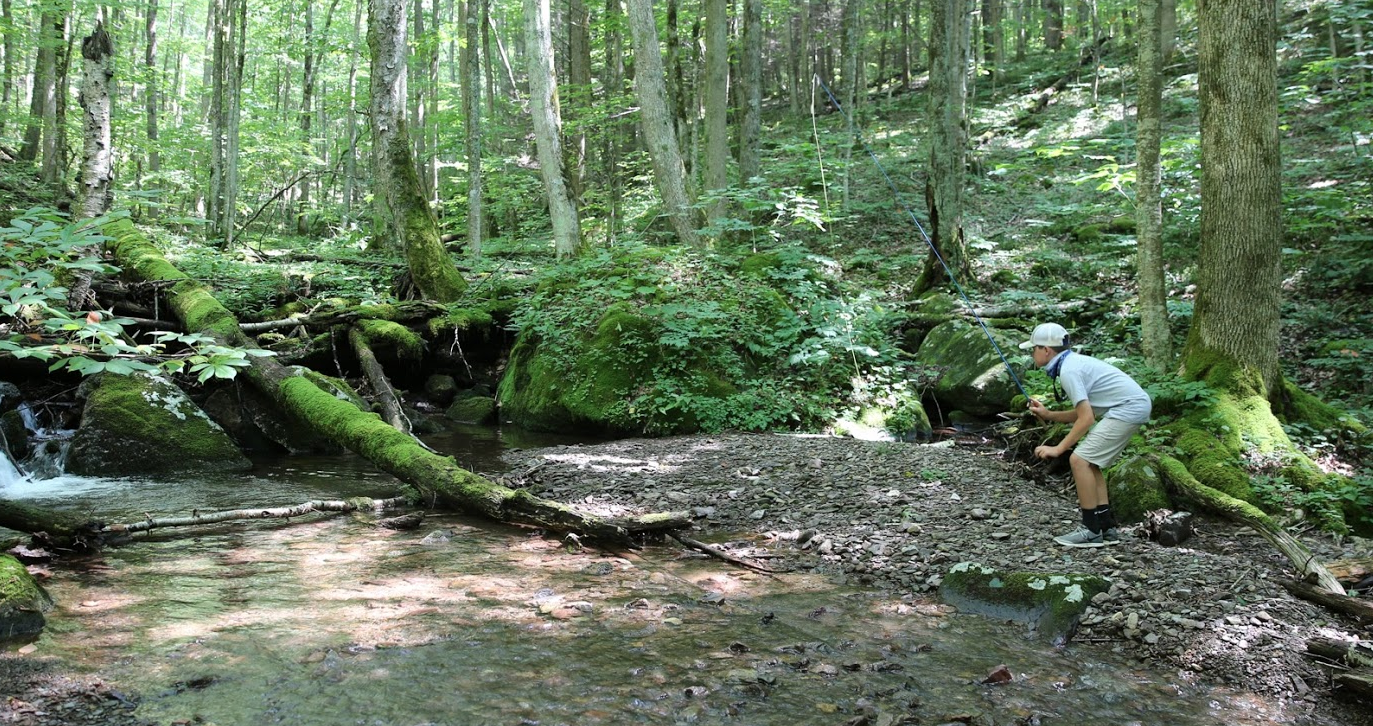
BRDC Receives VDGIF eStore Grant Award
BRDC is very excited to be a recipient of the Virginia Department of Game and Inland Fisheries eStore Grant! This grant will provide vital material support for the programs we offer. As you all well know, birding and fly fishing are two subjects that inspired BRDC from the very beginning. This generous grant is going to boost these two programs to another level!
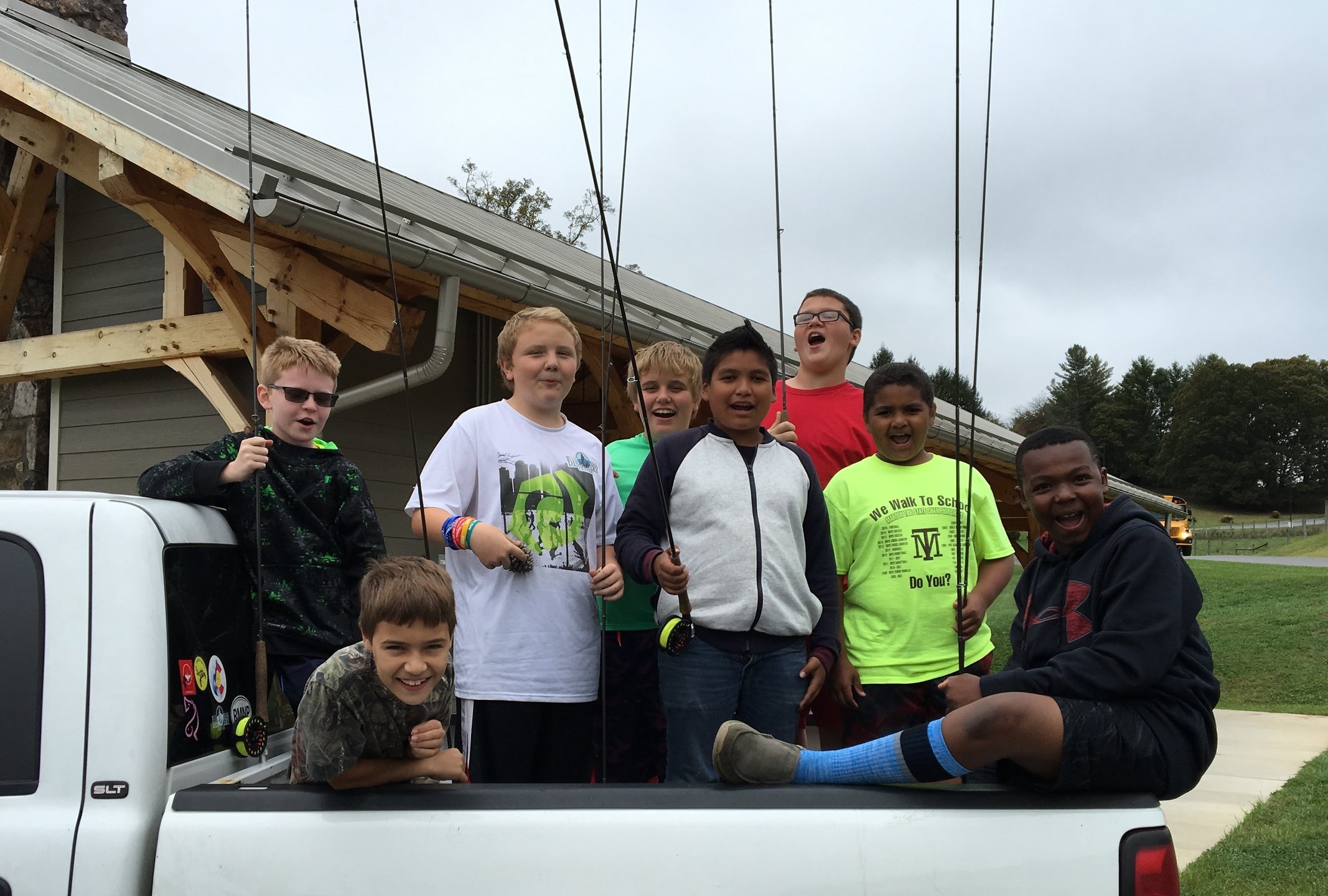
Fly Fishing during Galax Intersession
Nine eager young fellas joined BRDC for the week to learn all about fly fishing
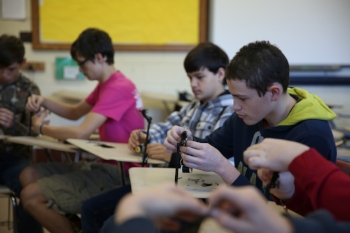
Fly Fishing in School?
National Fishing in Schools Program is a nationwide, in school program that teaches a positive lifetime activity to students.

BRDC receives VDGIF eStore Grant!
Thanks to the Virginia Department of Game and Inland Fisheries and the Wildlife Foundation of Virginia for supporting the Blue Ridge Discovery Center's efforts to connect our youth to the outdoors!
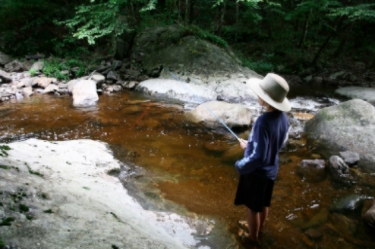
Impromtu Fly Fishing Camp!
At the request of a couple of campers from a previous camp we put together another Fly Fishing Camp to end the summer. Shortened by a day, it became an action packed three day initiation by fire. On the ride to camp we all agreed to treat this as an intensive course rather than the typical shenanigans of a summer camp. The result was one seriously focused group of kids.